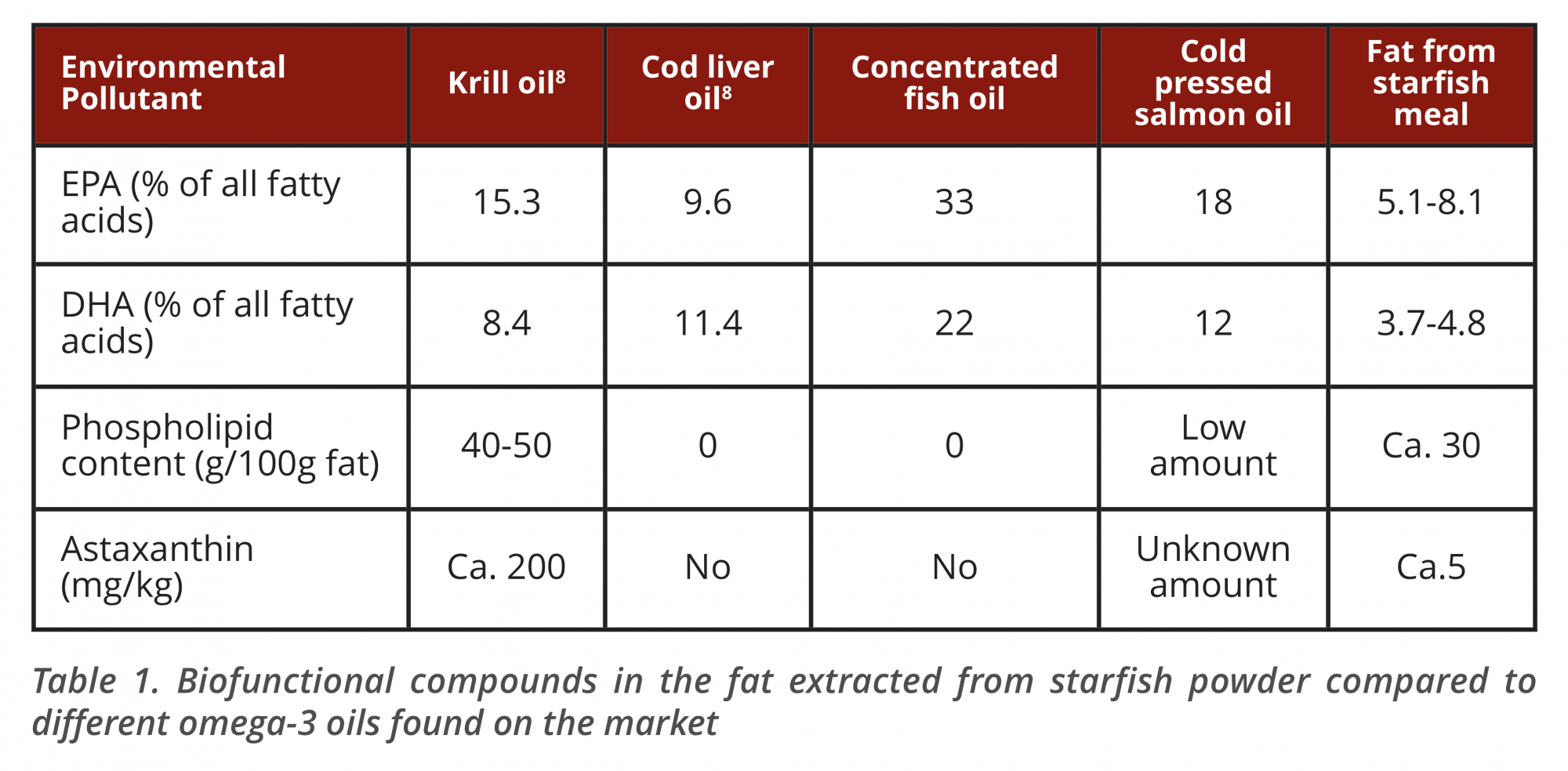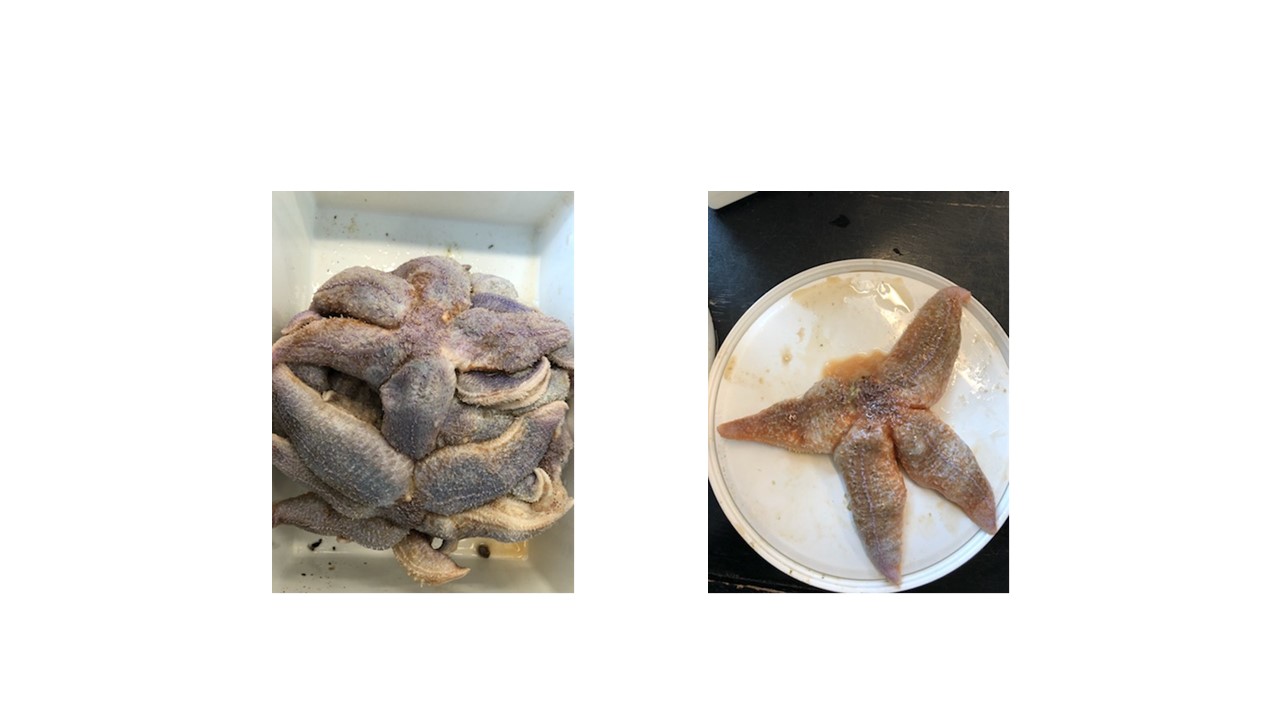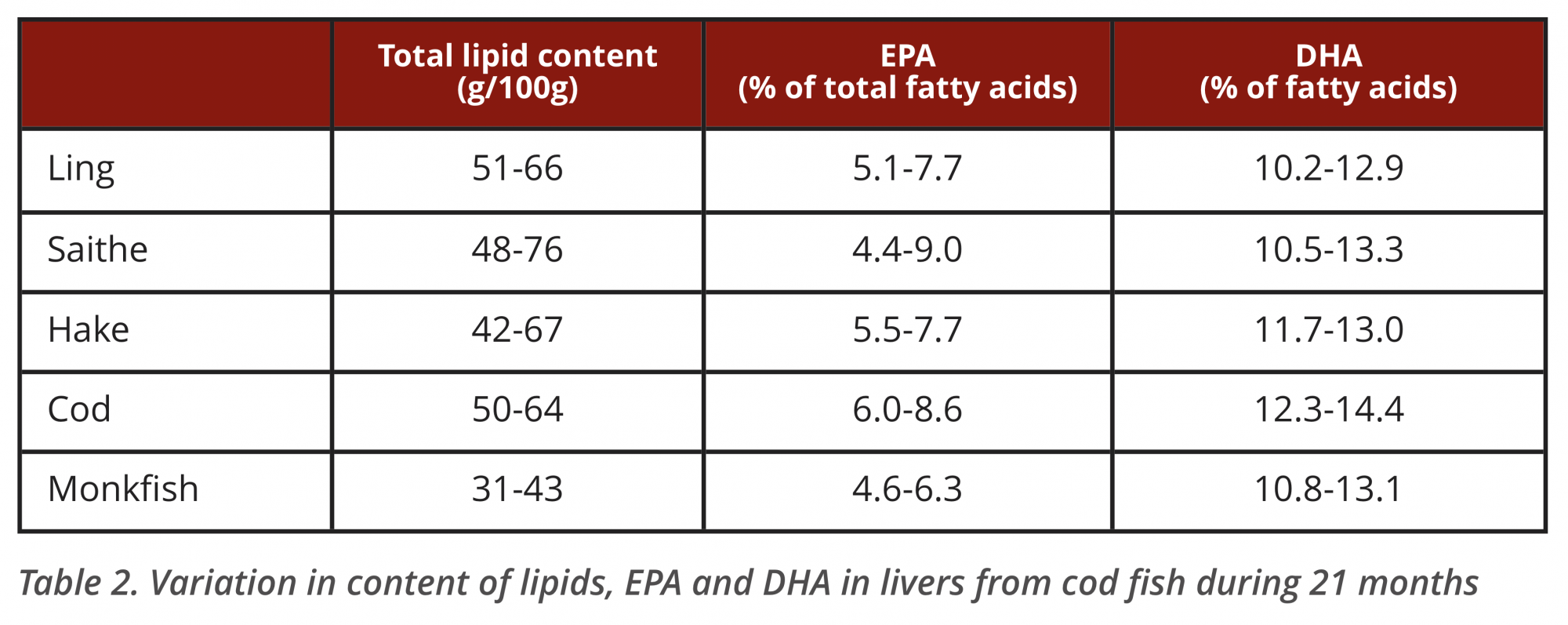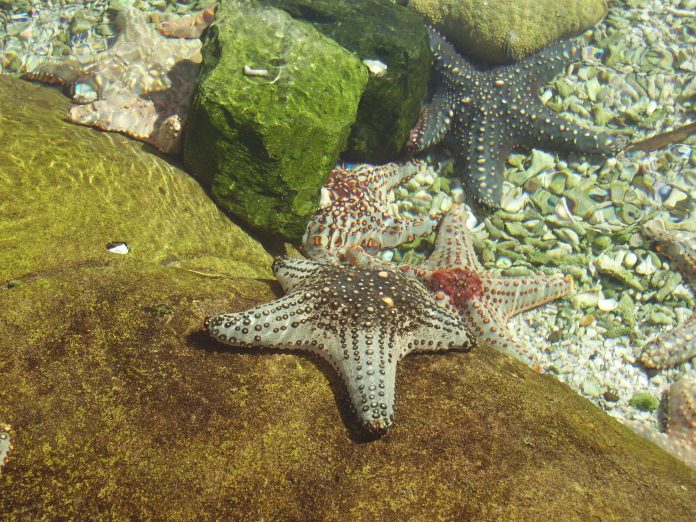Prof Charlotte Jacobsen, Professor and Head of Research Group for Bioactives – Analysis and Application at the National Food Institute, Technical University of Denmark, discusses how starfish and discard from different types of cod fish can be a potential source of healthy omega-3 fatty acids
In the previous two issues of this journal, I discussed how marine raw materials currently used in the seafood and seaweed industry can be better utilised and thereby contribute to reducing the environmental and climate footprint of our food system. This was exemplified by reports on our research in the EU BBI JU project WaSeaBi on the use of side-streams from the seafood industry (1) and in the VALSEA and PROVIDE projects on multi-extraction of protein and carrageenan from seaweed (2) and the subsequent conversion of the extracted proteins to functional peptides. In this issue, I will focus on the possibility of utilising hitherto underexploited resources and raw materials for the extraction of healthy marine oils.
Increasing demand for omega-3 fatty acids for human consumption
Marine oil is rich in healthy long-chain omega-3 polyunsaturated fatty acids (PUFA).
Due to their health beneficial effects, there is an increasing demand for marine oil for human consumption (ca. 6% growth in sales per year). (3) Marine oils are known to possess anti-inflammatory properties, have positive effects on cardiovascular and vision health and contribute to the development of the nervous system. Fish oil is also an important constituent in fish feed for farmed fish. Aquaculture is the fastest-growing primary production sector with a growth rate of ca. 6%/year. The current supply of fish oil from traditional fish species such as sand eel, sardines and anchovies cannot cover the demand for fish oil for human consumption and aquaculture sustainably. (4) To support the sustainable growth of these sectors, new sustainable raw materials for the production of oils rich in long-chain omega-3 PUFA are needed.
Starfish as a new source of omega-3 fatty acids
Starfish are considered a pest by the mussel industry because they predate on mussels, which are otherwise harvested for commercial use. Starfish populations seem to be increasing in areas with commercial mussel cultivation. A recent study determined the seasonal variation in the content of fat and crude protein as well as amino acid composition independent of the starfish size. A clear seasonal variation in the crude protein content was observed, whereas this was not found in the fat content. (5) It was concluded that medium and large sizes of starfish caught from February to May would be suitable for pig and poultry feed. Commercial production of starfish meal rich in protein for these applications has now been established in Denmark. (6)

different omega-3 oils found on the market
In a recent study, we investigated the seasonal variation in the content and composition of the fat in the starfish meal. We found that the starfish meal contained ca. 10-13% fat with a beneficial chemical composition (Table 1). The fat is rich in long-chain omega-3 fatty acids bound to triglycerides or phospholipids and also contains the pigment astaxanthin. Ca. 30% of the healthy omega-3 fatty acids eicosapentaenoic acid (EPA) and docosahexaenoic acid (DHA) in starfish were found in the phospholipid fraction. Phospholipids have health beneficial effects by themselves in addition to that provided by the fatty acids they contain. For example, phospholipids have been suggested for the treatment of inflammatory diseases to regulate the inflammatory reaction. (7)

Regular fish oils produced from cod liver oil, sardines, anchovies, etc., do not contain phospholipids. In contrast, krill oils are rich in phospholipids. Similar to krill oils, starfish fat contains astaxanthin albeit in lower amounts. Astaxanthin is a strong antioxidant and is used in dietary supplements. From these data, it is clear that marine oil extracted from starfish meal could be a new source of omega-3 PUFA with other properties than those of regular fish oil.

In our study, we also investigated whether the oil from starfish could be extracted by heating and mechanical separation in a process similar to that used for the extraction of fish oil from sand eel, sardines and anchovies. Due to the high content of phospholipids, this was not possible. We also attempted to increase the oil extraction yield by enzyme assisted extraction but without success. However, preliminary experiments with supercritical CO2 extraction of the oil were very promising.
Liver discard as a new source of omega-3 fatty acids
According to Statistic Denmark, approximately 33,000 tonnes of cod species were caught in Denmark during 2017. Currently, livers from cod, hake, ling, saithe and monkfish are discarded on board the fishing vessel even though they contain healthy, valuable long-chain omega-3 fatty acids.
To evaluate whether these discarded livers could potentially be used as a new source of omega-3 PUFA, we determined the seasonal variation in their oil content and composition. If the livers are to be used for oil for human consumption, the quality should be as good as possible. Therefore, we also studied the quality of the liver when stored either on ice or frozen on board the vessel until it reached the harbour. The quality was evaluated by determination of the peroxide value and free fatty acid (FFA) content of the livers. Interestingly, storage conditions were found to have no significant effect on the quality and oil composition of the livers.
Generally, the oil content and composition of the livers from the five species varied similarly during the two years of sampling period with significantly lower values of oil and omega-3 fatty acids in spring (March, April) and higher values in the fall (November, October). The variation in the average content of oil, EPA and DHA of the livers is shown in Table 2. Monkfish had the lowest oil content and it also had a relatively high content of FFA (not shown).
Therefore, it seems to be less suitable for the production of omega-3 oil for human consumption than the livers from the other species. Saithe is also concluded to be less suitable due to fluctuation in oil composition during the sampling period, which potentially makes a standardised quality difficult to obtain during the production of liver oil. Cod and hake (and to some extent ling) are, therefore, very suitable for fish liver oil production. This should be further explored.
Conclusions
The demand for omega-3 oils for human consumption and aquaculture will continue to increase in the coming decades due to the increasing populations worldwide. The demand cannot be covered by the production of oil from industrial fish species such as sand eel, menhaden and sardines. The starfish is a new promising source of omega-3 oils, which potentially can provide other benefits than the mere omega-3 PUFA as it also contains astaxanthin and phospholipids.
More research is needed to develop efficient oil extraction techniques. Supercritical CO2 extraction is a promising green technology for this purpose. Livers from cod, hake and ling currently discarded at sea are other raw materials with high potential for being converted to liver oils rich in omega-3 PUFA. Logistic solutions for collecting the livers and for transporting and storing them in a way that can sustain an economically feasible production of omega-3 oils must be developed. The current solution of discarding the livers at sea is clearly unsustainable in light of the need for more omega-3 oils.
References
- Jacobsen, C., Open Access Government January 2021, p. 360.
- Jacobsen, C. Open Access Government, April 2021, p.374.
- Fish oil market to reach USD 5.42 billion by 2026, Reports And Data. (accessed June 9, 2020).
- Bimbo, A. Sources of omega-3 fatty acids. In Jacobsen, Nielsen, Horn and Sørensen (eds). Food Enrichment with omega-3 fatty acids. Woodhead Publishing 2013. pp., 27-108.
- Elise van der Heide, M. E. v.d.H, Møller, L.F., Petersen, J.K.,Nørgaard, J.V. (2018) Annual variation in the composition of major nutrients of the common starfish (Asterias Rubens). Animal Feed Sci. Technol. 238, 91-97.
- https://www.vja.dk/vores-gronne-omstilling/danish-marine-protein/
- Küllenberg, D., Taylor, L.A., Schneider, M., Massing. U. (2012) Health effects of dietary phospholipids, Lipids Health Disease, 11, article number 3.
- Thomsen, B. R., Haugsgjerd, B. O., Griinari, M., Lu, H. F. S., Bruheim, I., Vogt, G. Oterhals, A. & Jacobsen, C. (2013) Investigation of oxidative degradation and non-enzymatic browning reactions in krill and fish oils. Eur. J. Lipid Sci. Technol. 115, 1357–1366.
Please note: This is a commercial profile
© 2019. This work is licensed under CC-BY-NC-ND.











